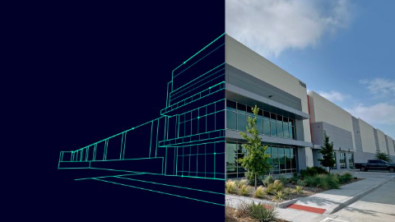The Engineer’s Guide to Sustainable Innovation: Balancing Cost and Carbon Footprint in Product Development


Consider this: a staggering 80% of a product’s total cost, as well as its carbon footprint, are established during the initial design phase. This underscores the pivotal role of designers, engineers, and procurement specialists in foreseeing cost and emissions implications from the outset. These factors have far-reaching consequences across the entire value chain and product lifecycle. Embracing advanced analytics to meticulously assess both cost implications and environmental footprints at every stage of development emerges as the paramount solution. This approach not only enhances transparency but also facilitates well-informed decision-making, enabling the formulation of resilient strategies to mitigate carbon emissions effectively.
Optimizing Product Costs and Carbon Footprint
During the product development stage, engineers play a crucial role in making design decisions that significantly influence both the cost and environmental footprint of the final product. By integrating eco-friendly innovation into the design process, engineers can create products that are not only cost-effective but also environmentally sustainable. This approach requires a comprehensive understanding of the relationship between design choices, manufacturing processes, and environmental impact.
Key Takeaways from Industry Insights
In our industry lead webinars, valuable insights are shared regarding the importance of optimizing product costs and carbon footprint during the development stage. Engineers can accelerate product development by adopting an integrated approach that considers both cost and environmental impact. Performing what-if analyses allows engineers to explore various design options and identify opportunities for optimization along multiple dimensions.
Using Upfront Calculations for Informed Decision-Making
Utilizing upfront calculations as a foundation, teams can engage in meaningful discussions and negotiation with suppliers. By providing detailed and precise breakdowns of both costs and carbon footprints in response to quotation requests, engineers foster effective collaboration across departments including cost engineering, procurement, manufacturing, and sales. This collaborative approach ensures that sustainability objectives are seamlessly integrated into every facet of the product development lifecycle.
The significance of influencing product cost and carbon footprint during the early stages of design cannot be overstated. Global companies have realized substantial benefits, including cost reductions ranging from 8-30% and carbon footprint reductions of approximately 30%, through process optimizations. Moreover, these optimizations have led to increased project numbers and a remarkable 50% reduction in quotation preparation time. This underscores the critical role of proactive consideration of sustainability factors from the outset of product development.
Watch our full video for more insights here
Implementing Sustainable Design Practices
Integrating sustainable design practices into the product development process requires a shift in mindset and approach. Engineers can leverage tools and technologies that provide granular insights into emission hotspots at the product feature level. By pinpointing areas for improvement, engineers can develop targeted carbon footprint reduction strategies that optimize both cost and environmental impact.
As engineers, we have the power to drive change and create products that are not only innovative and cost-effective but also environmentally sustainable. By optimizing product costs and carbon footprint during the development stage, we can pave the way for a greener future. Let’s embrace sustainable design practices and work towards building a world where efficiency and environmental responsibility go hand in hand.


